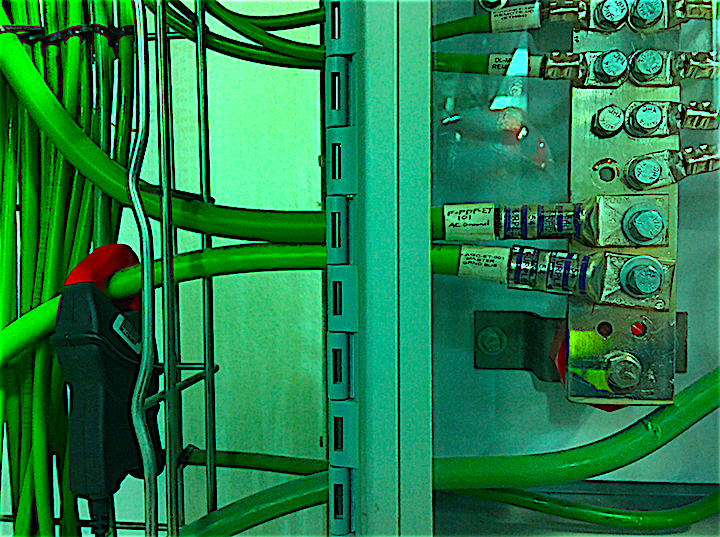The purpose of high-resistance grounding (HRG) and low-resistance grounding (LRG) is to reduce fault currents and transient overvoltages in a high-energy system should a short to ground occur. This provides a number of benefits, including a reduction in arc-flash potential and reduced safety hazards.
The challenge for the end user is to ensure that the correct resistor size is selected. For purposes of this article, we focus on HRG systems.
An HRG is a set of fused neutral grounding resistors on supply transformers that limits ground fault current to about 10 Amps, or less. This provides the ability to detect ground faults, while reducing potential damage and allowing the system to continue operating. These grounding systems are often found in high-energy operations, such as food processing, mining and energy. In such applications, the HRG will also reduce the chance of touch-shock hazards for personnel.
Be aware that there are dangers and limitations associated with the use of HRG systems, including when line-to-neutral connected systems, such as lighting, are involved. The fault in one phase will cause the line-to-neutral voltage in the other phases to increase. Additionally, a second ground fault in the circuit can have significant impact.
Again, proper sizing of ground resistors is critical, and a review is required each time there is a significant change in loading. In one case, during motor startup on an improperly sized system, peaks of up to 160 Amps from motor to ground would occur in the motor ground. This, along with other circulating currents was causing PLC errors, bearing failures, winding failures and other electrical and electro-mechanical conditions. In another case, improper sizing and open HRG fuses caused a catastrophic failure of switchgear.
The benefits of an HRG system are numerous. They include personnel and equipment protection, avoidance of large transient overvoltages, and the ability to keep the system online when a fault occurs. Proper maintenance of these systems is mandatory, however, as is the clearing of faults whenever they occur.TRR
ABOUT THE AUTHOR
Howard Penrose, Ph.D., CMRP, is Founder and President of Motor Doc LLC, Lombard, IL and, among other things, a Past Chair of the Society for Reliability and Maintenance Professionals, Atlanta (smrp.org). Email him at howard@motordoc.com, or info@motordoc.com, and/or visit motordoc.com.



